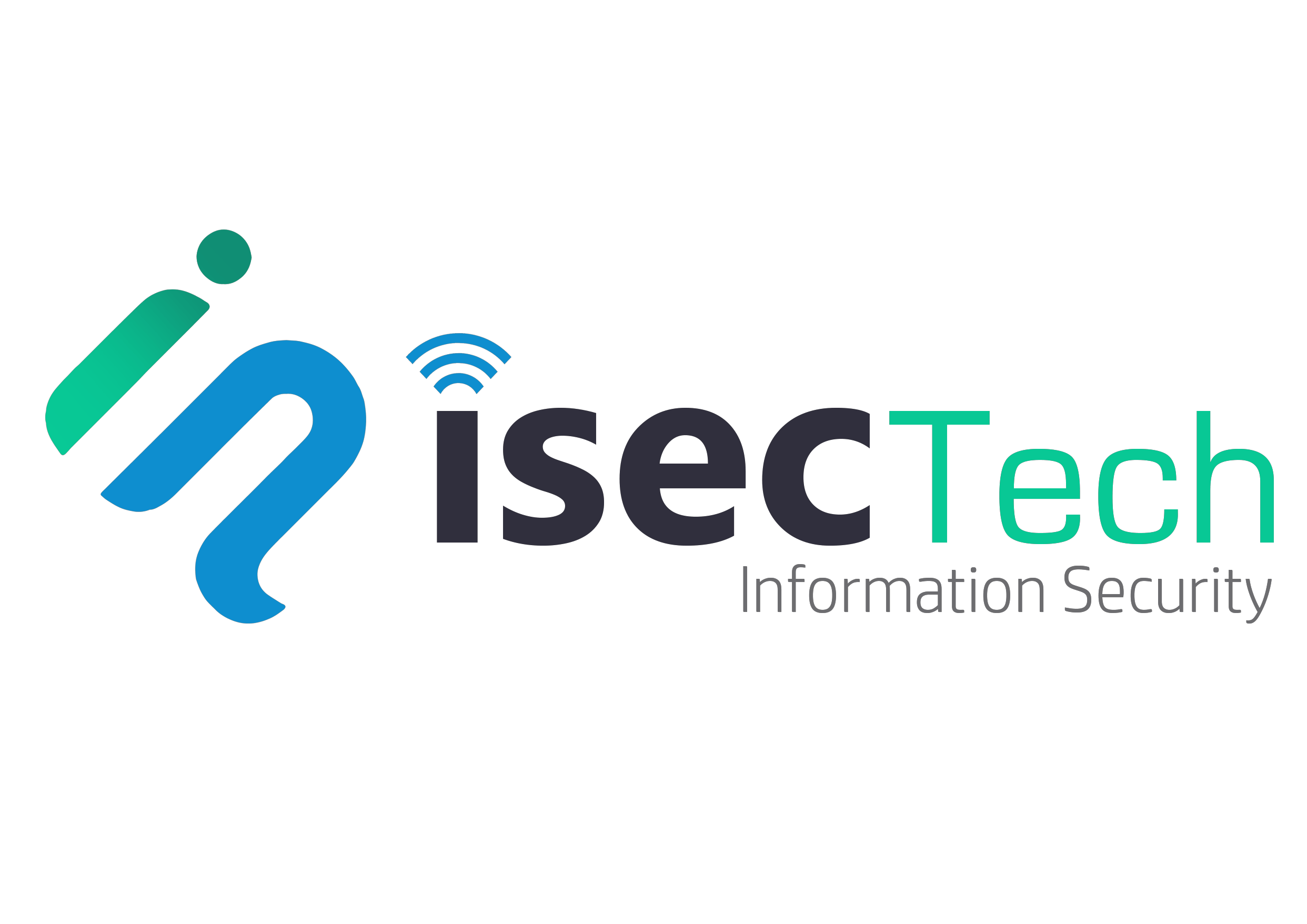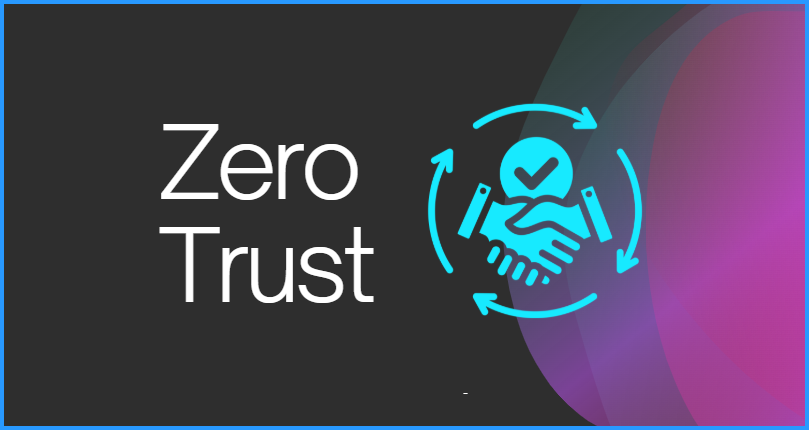As cyber threats become increasingly sophisticated, traditional perimeter-based security models are no longer enough. Zero Trust Security has emerged as a modern cybersecurity framework built on the principle of “never trust, always verify.” It assumes that threats can exist both inside and outside the network, and no user or device should be trusted by default.
Understanding the Zero Trust Model
Zero Trust is not a single product but a strategic approach to cybersecurity. It involves continuously verifying the identity, device, and context before granting access to resources. It minimizes the attack surface and prevents lateral movement in the event of a breach.
Core Principles of Zero Trust
- Least Privilege Access: Users and applications are given the minimum access necessary to perform tasks.
- Micro-Segmentation: Network segments are isolated to contain potential breaches.
- Continuous Verification: Access is evaluated dynamically based on identity, device health, location, and behavior.
- Assume Breach: Design systems as if the network is already compromised.
- Strong Authentication: Enforce multi-factor authentication (MFA) and identity governance policies.
Why Zero Trust Is Critical in Modern Cybersecurity
The explosion of cloud computing, remote work, BYOD (Bring Your Own Device), and IoT devices has dissolved the traditional network perimeter. Threats now come from every direction—including internal users, contractors, and compromised endpoints.
With Zero Trust, security becomes identity- and context-driven, allowing organizations to adapt in real time.
Real-World Cyber Incidents That Zero Trust Could Have Prevented
Target Data Breach (2013)
Attackers accessed the network via a third-party HVAC vendor, then moved laterally to steal millions of credit card numbers. Zero Trust segmentation and strict identity verification could have blocked lateral movement.
Twitter Attack (2020)
Social engineering allowed attackers to access internal tools and hijack high-profile accounts. Zero Trust policies enforcing least privilege and stronger access controls could have limited internal access.
SolarWinds Supply Chain Attack (2020)
A trusted software update was used to compromise multiple government and corporate networks. Zero Trust could have isolated affected systems and prevented privilege escalation.
Steps to Implement Zero Trust in Your Organization
1. Identify and Classify Sensitive Data
- Map critical assets and determine where sensitive data resides.
- Use data classification tools to define protection levels.
2. Enforce Strong Identity and Access Management (IAM)
- Adopt Single Sign-On (SSO) and Multi-Factor Authentication (MFA).
- Use Identity Governance to review access regularly.
3. Apply Least Privilege Access Controls
- Use Role-Based Access Control (RBAC) or Attribute-Based Access Control (ABAC).
- Continuously monitor and revoke unnecessary access rights.
4. Segment Your Network
- Isolate environments (e.g., development, production, third-party access).
- Apply firewall and VLAN rules to enforce traffic restrictions.
5. Monitor, Detect, and Respond in Real Time
- Implement endpoint detection and response (EDR) tools.
- Use Security Information and Event Management (SIEM) platforms for visibility.
- Automate responses through SOAR (Security Orchestration, Automation, and Response).
Zero Trust vs. Traditional Security Models
| Traditional Security | Zero Trust Security |
|---|---|
| Trusts internal network by default | No implicit trust, every request verified |
| Perimeter-based defense | Identity- and data-centric defense |
| Flat network architecture | Micro-segmented network zones |
| Static access policies | Dynamic, context-aware access decisions |
Challenges of Adopting Zero Trust
- Cultural Shift: Moving from implicit trust to strict validation requires training and buy-in.
- Legacy Systems: Older applications may lack necessary integration capabilities.
- Complexity: Designing policies and architectures can be resource-intensive.
How iSECTECH Helps Organizations Transition to Zero Trust
At iSECTECH, we guide clients through every stage of Zero Trust adoption—from assessment to implementation and monitoring.
- Zero Trust maturity assessments and roadmaps
- Policy definition and segmentation architecture
- Identity and access control implementation
- Monitoring, threat detection, and compliance reporting
Conclusion
Zero Trust Security is not a trend—it’s a fundamental shift in how we approach cybersecurity. By assuming breach, enforcing strict access control, and continuously verifying trust, organizations can significantly reduce the risk of cyberattacks. Partner with iSECTECH to make Zero Trust a reality in your enterprise.

